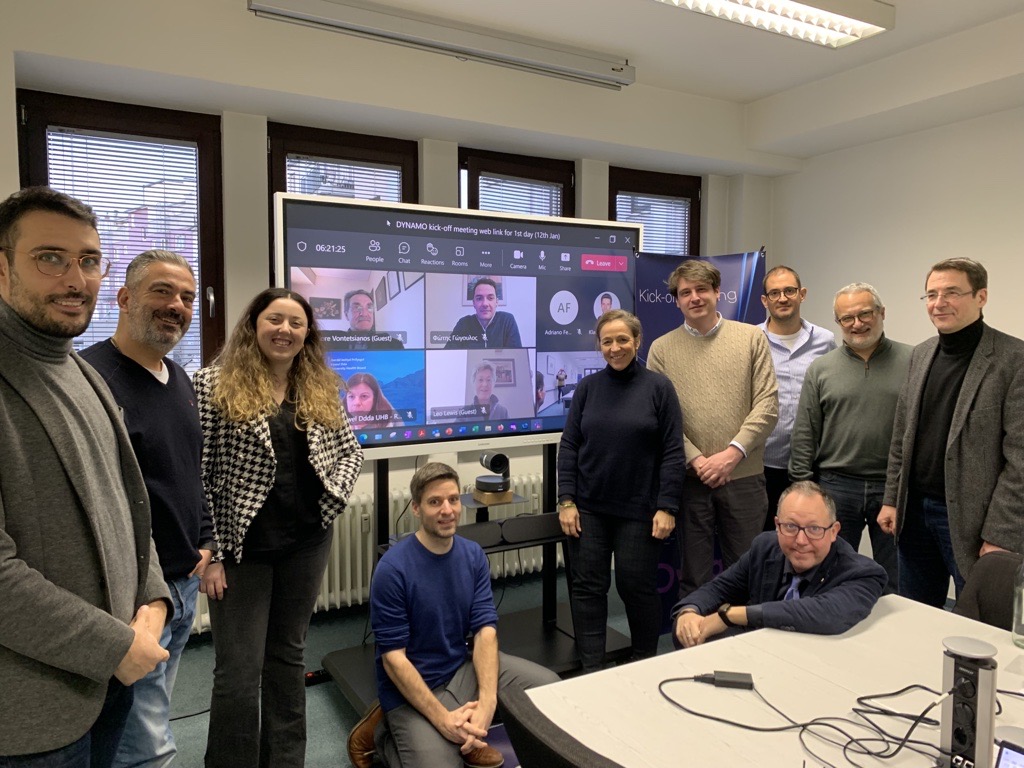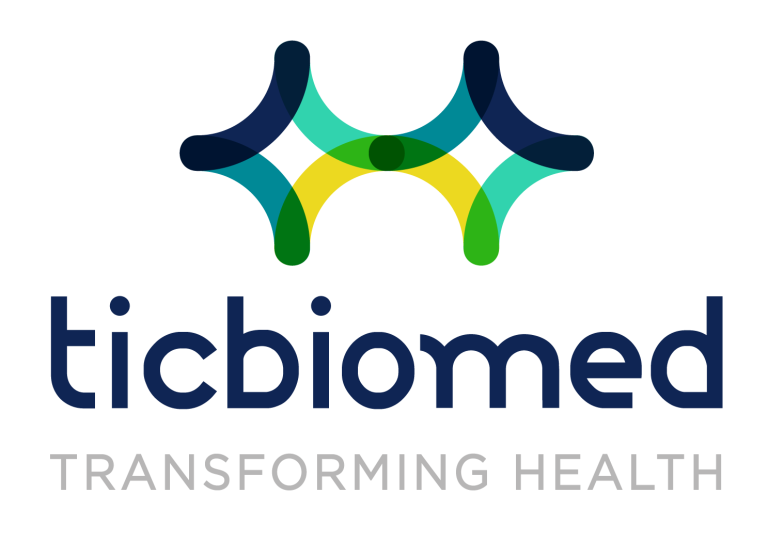Modelling and dynamic assessment of integrated health and care pathways enhancing response capacity of health systems
In the final phase, two contractors implement their solutions at all pilot sites. The solutions are installed, integrated, commissioned, maintained, and monitored for performance. The goal is to test the solutions under real conditions and evaluate their scalability and commercial viability.
Phase II is dedicated to the development of prototypes for functional solutions. The first prototypes will be ready by mid-February, the final ones in late spring.
Phase I of Dynamo began on 1 August 2024 with seven providers. Until the end of Phase I, the suppliers and the buyers group will work together to sharpen the ideas behind the solutions to allow the suppliers to ultimately submit a (hopefully good) offer for Phase II, which will begin in early 2025.
The Dynamo tender contains all the requirements of our procurers, supplemented with the recommendations and advice from the open market consultation.
Each of our procurers had an OMC event in their local language - Treviso (Italy) on 22 June, Athens (Greece) on 13 June, Lisbon (Portugal) on 23 June, Barcelona (Spain) on 15 June, Wales (UK) on 7 June - plus one big online event on 6 July.



